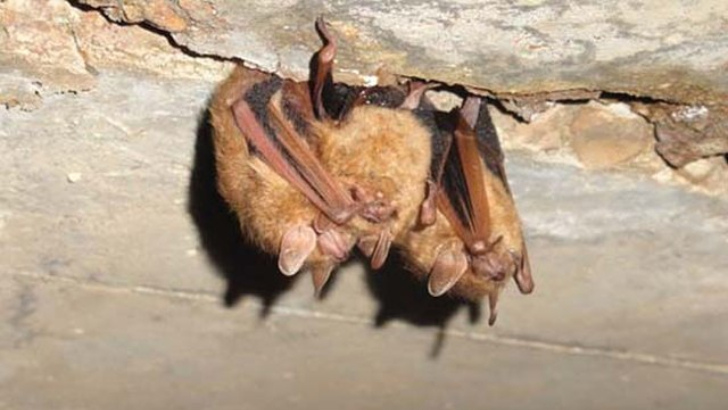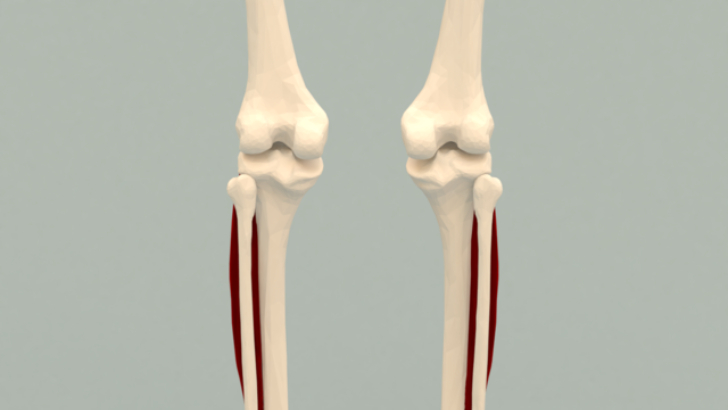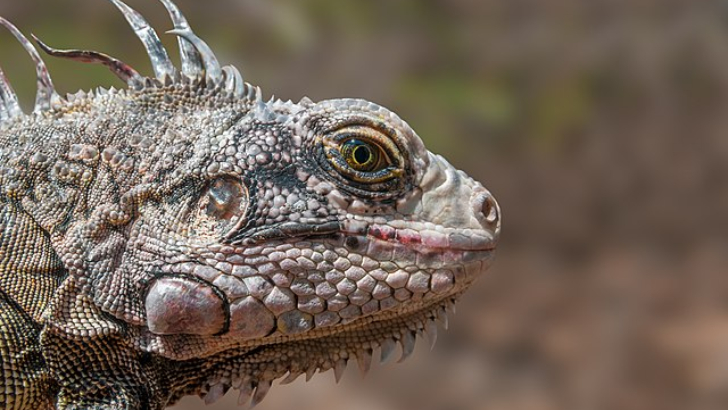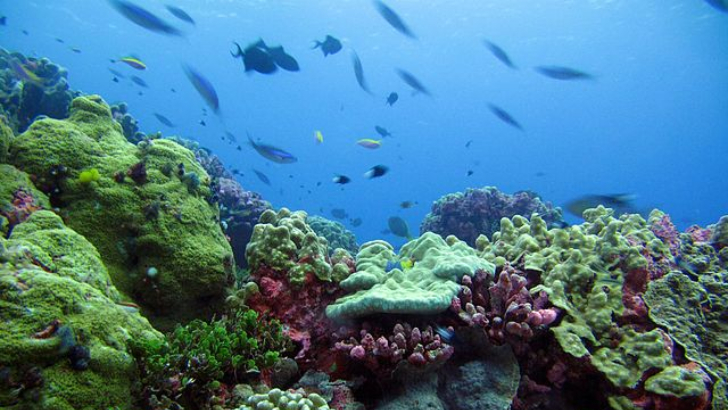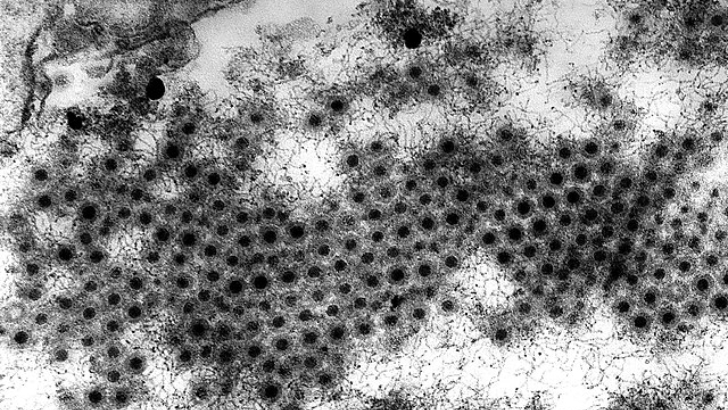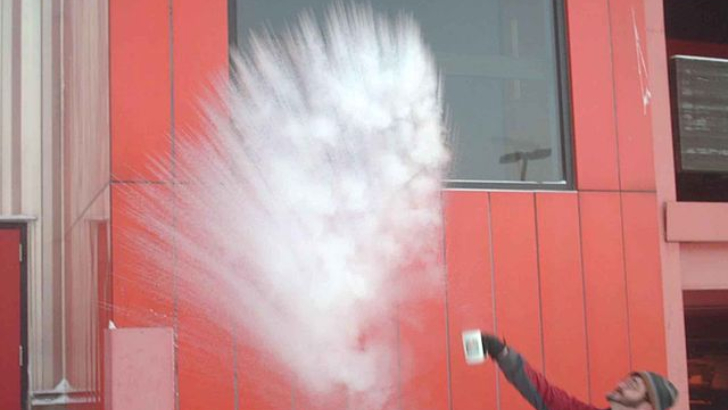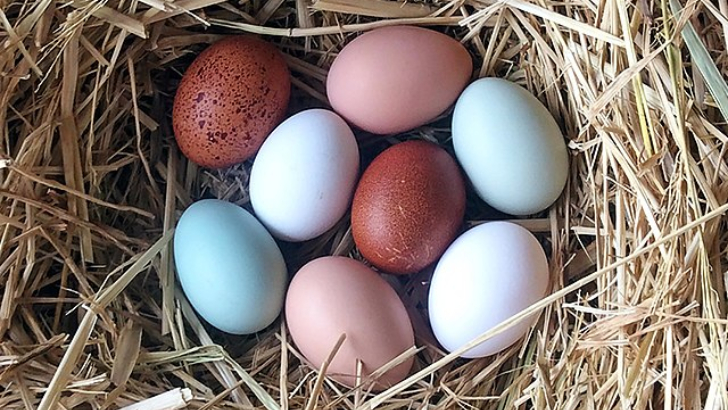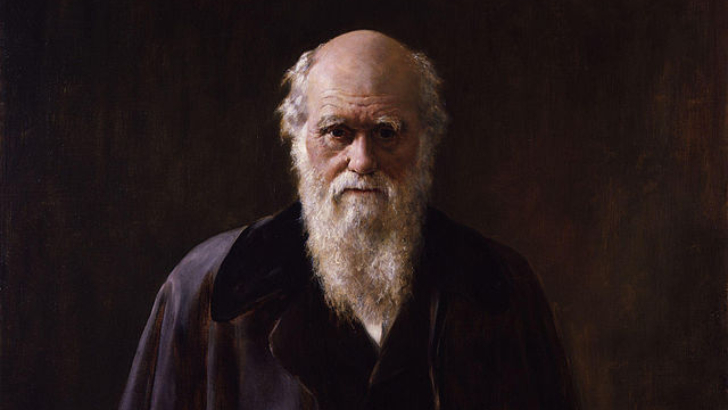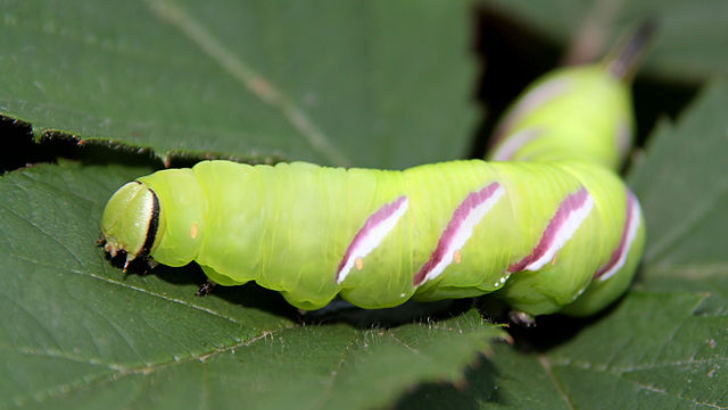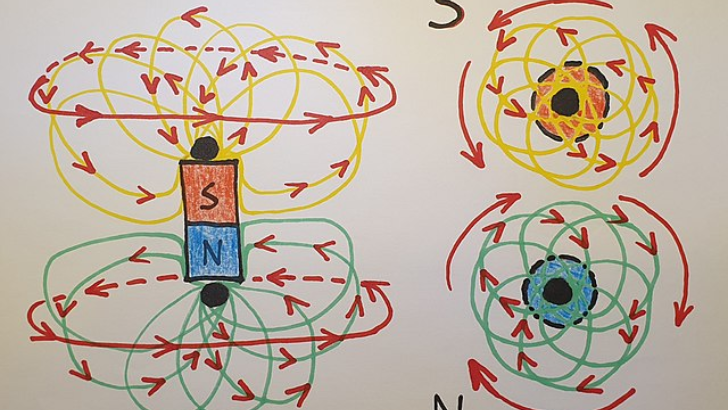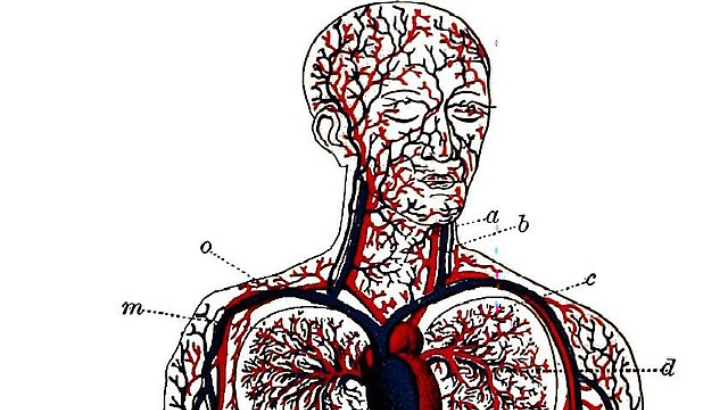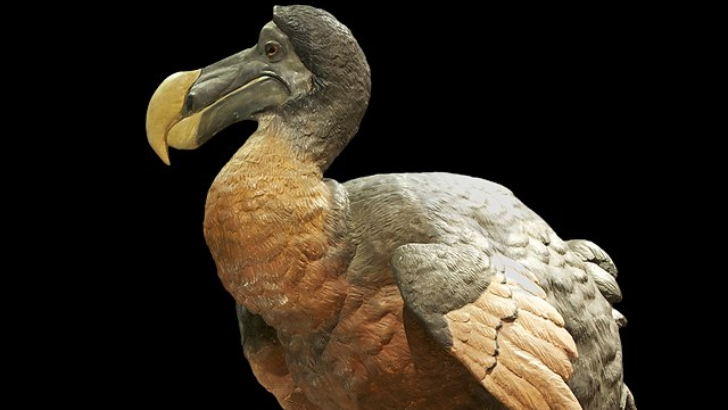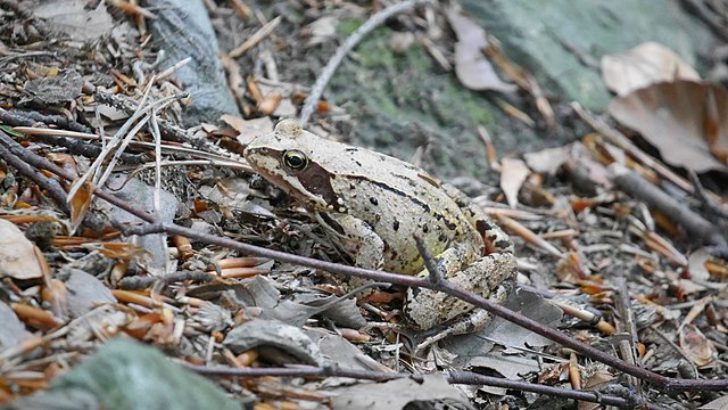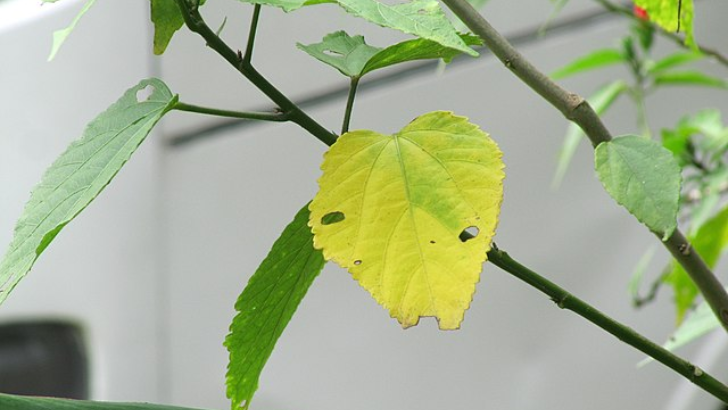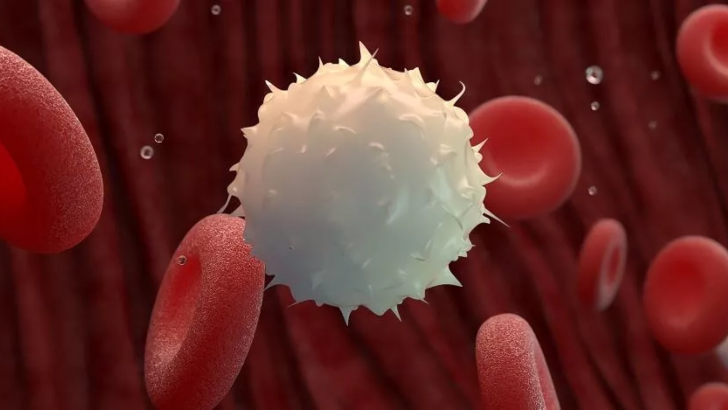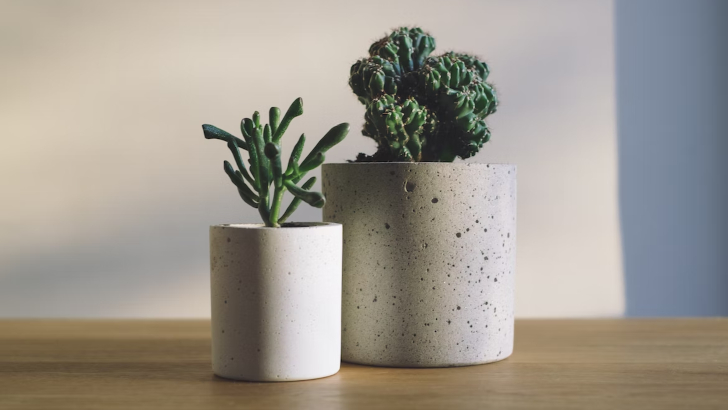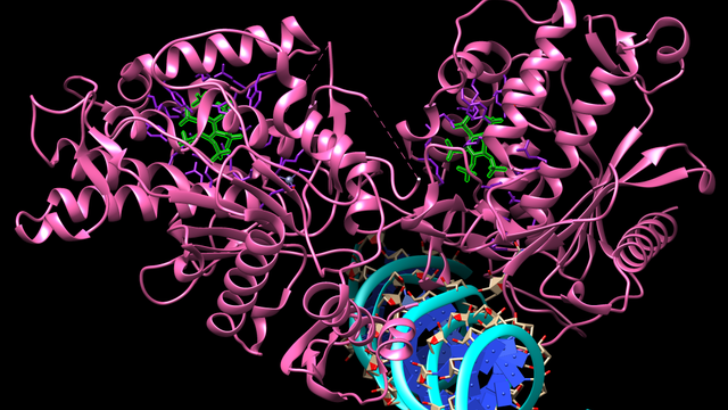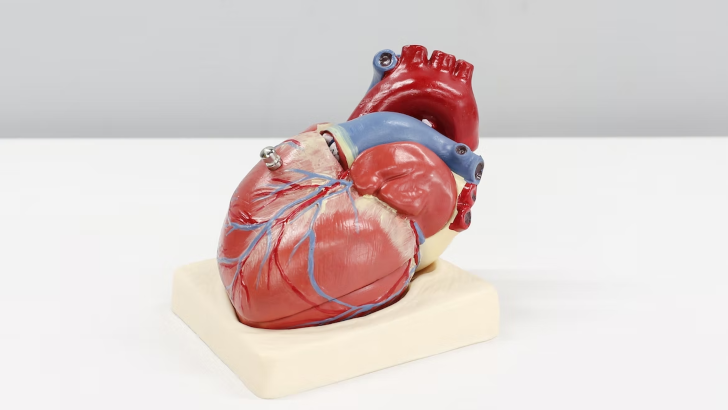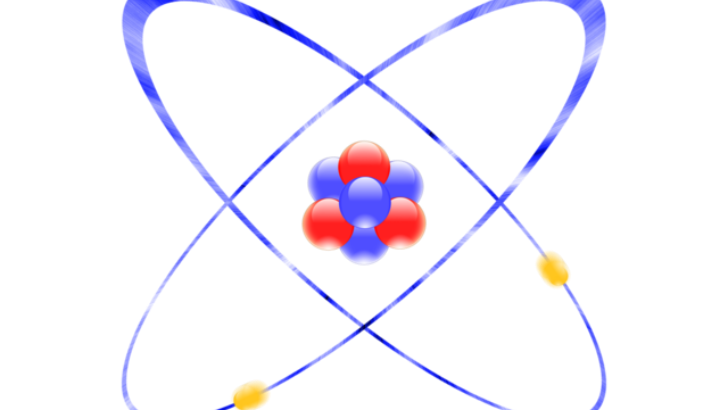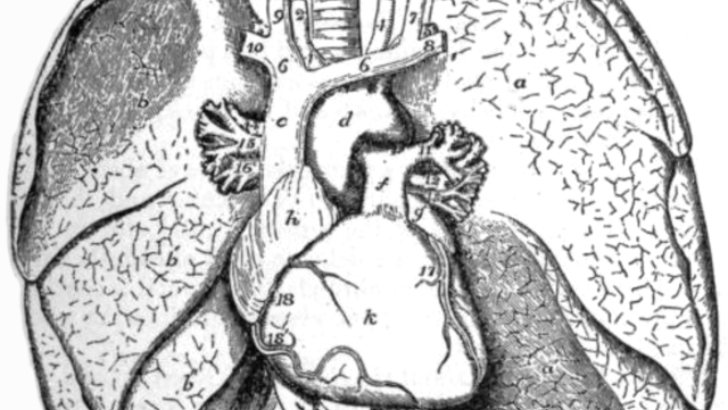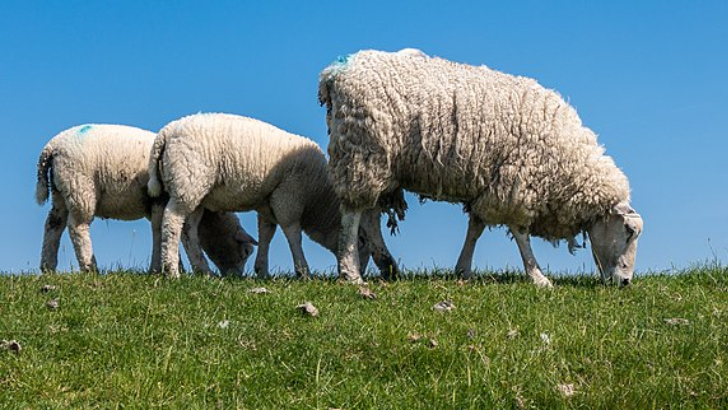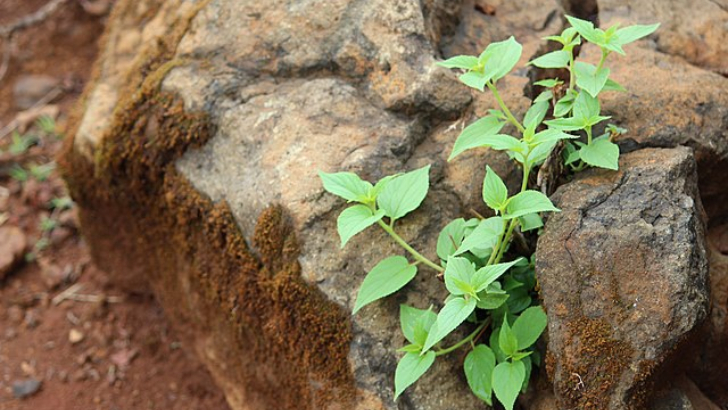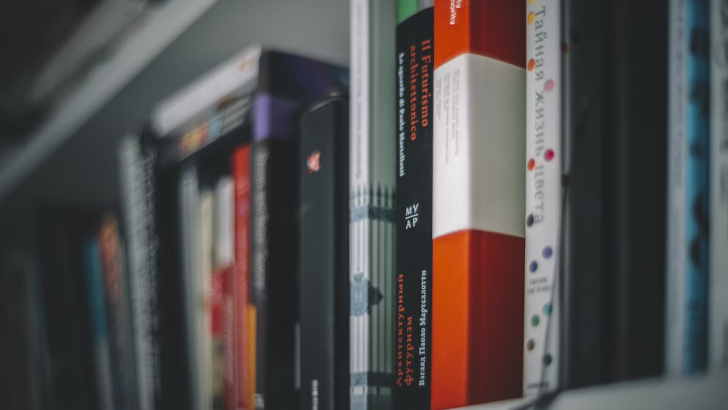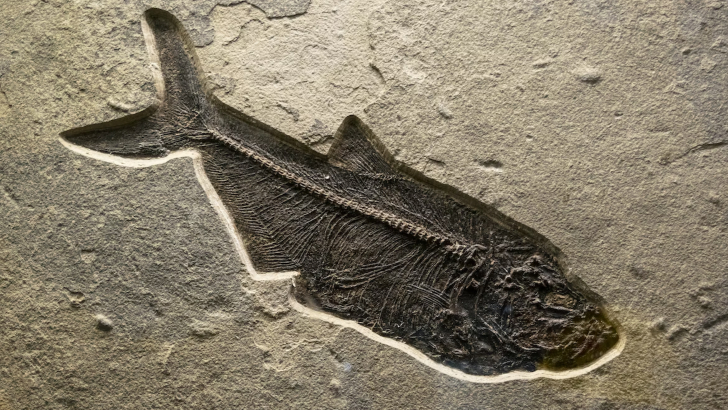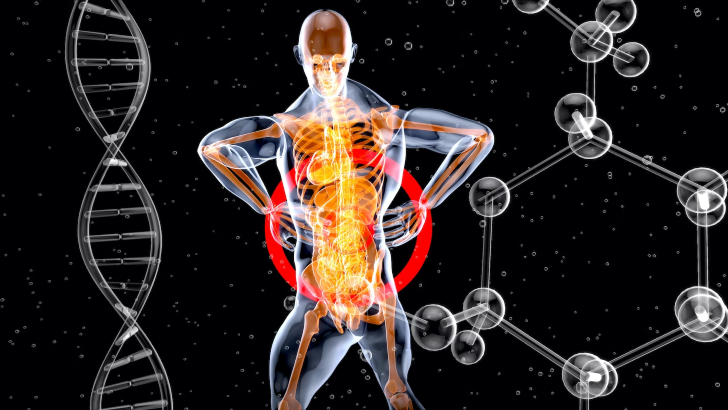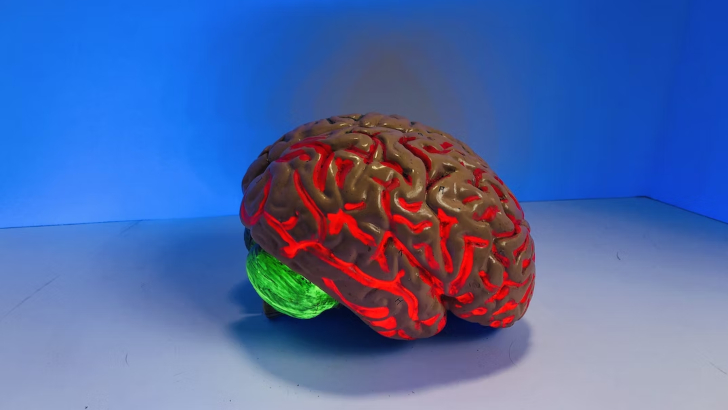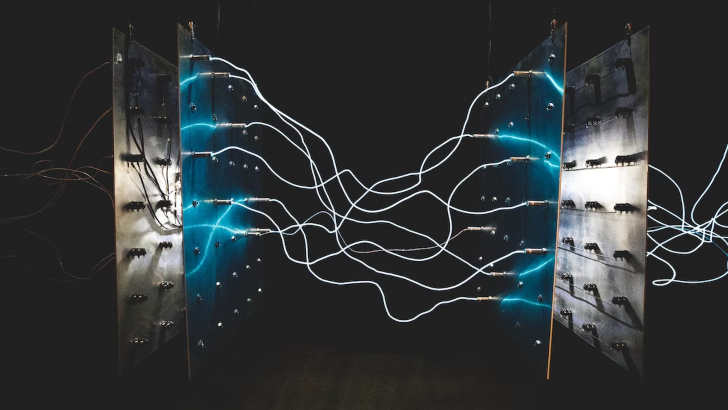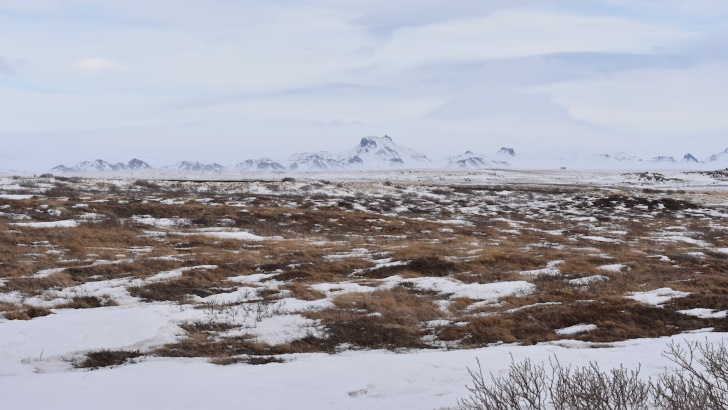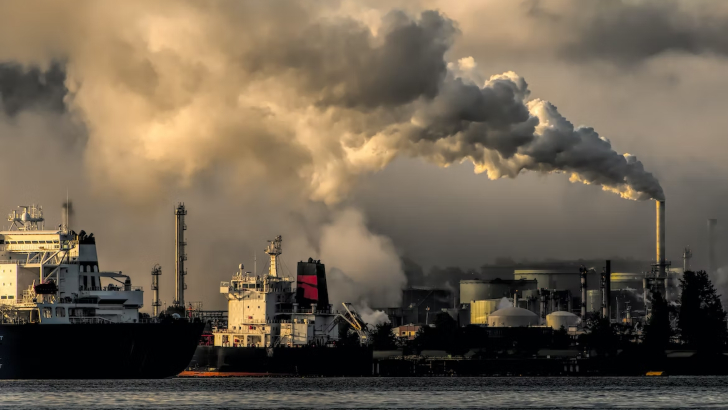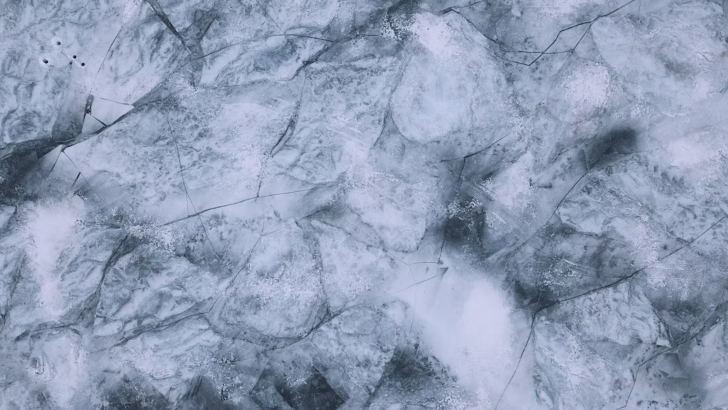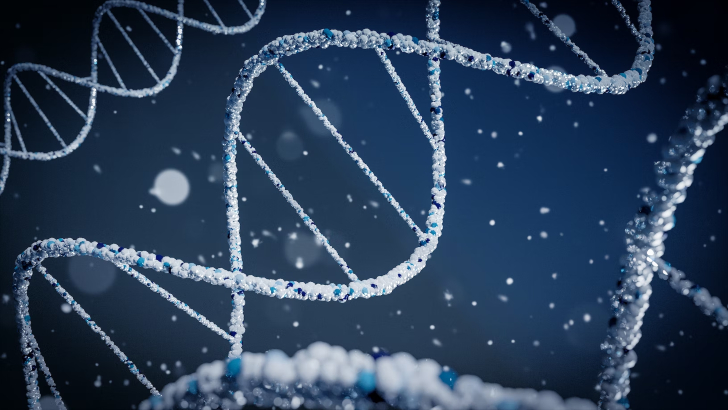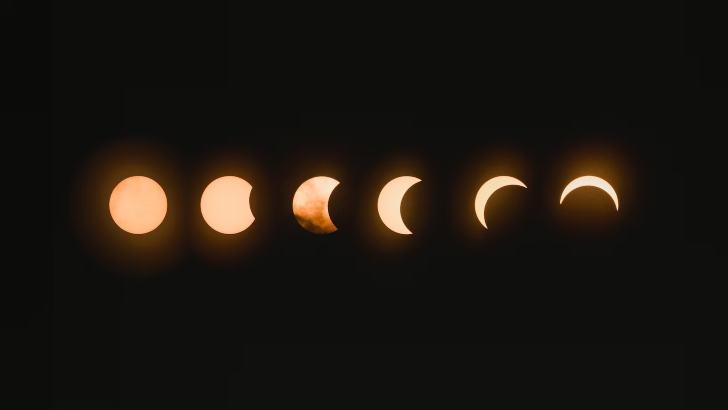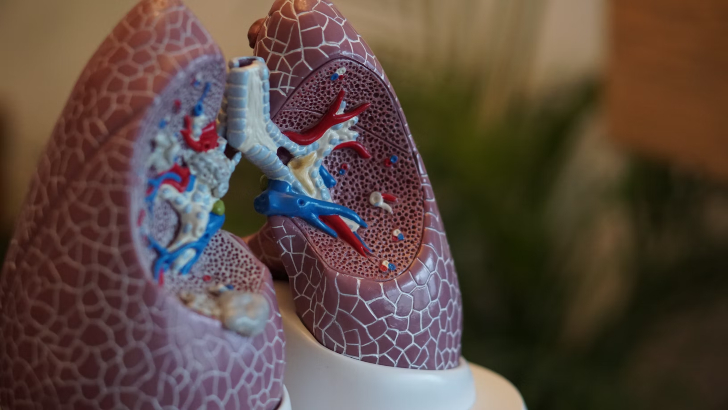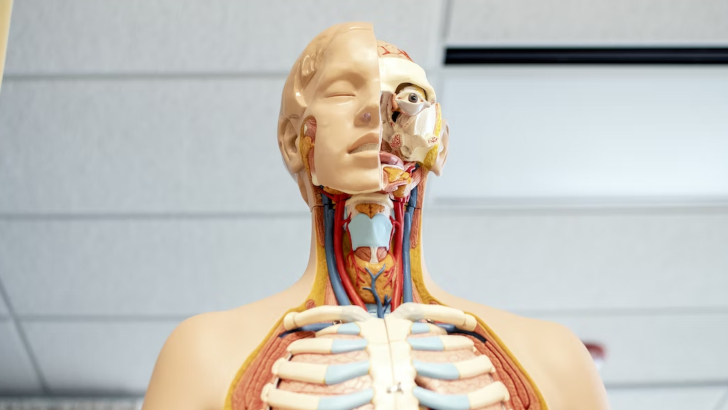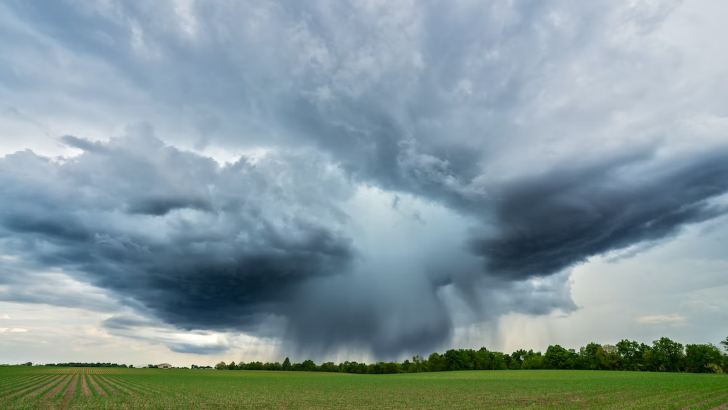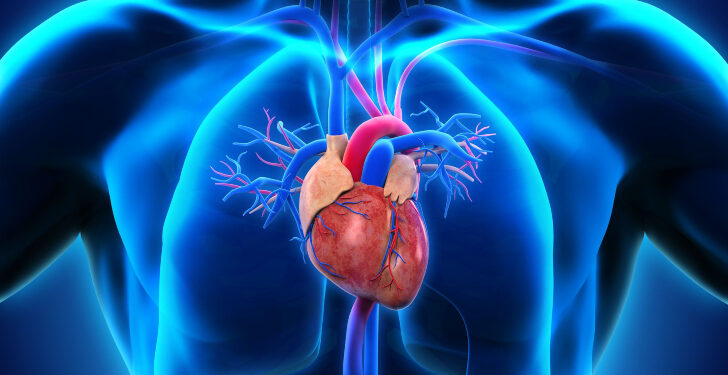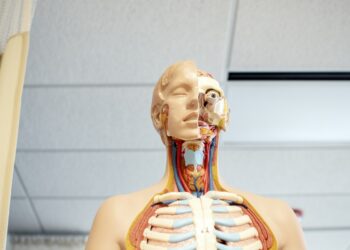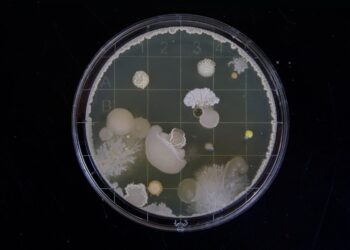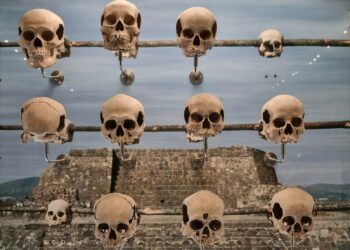As you go from elementary to middle school, the questions get increasingly difficult and complex. Having said that, for some of us, middle school was so long ago that we scarcely remember it. Take this quiz to test your knowledge of middle school science!
_____ is when an animal becomes inactive in the winter.
Hibernation
Hibernation is a state of minimal activity and metabolic depression undergone by some animal species. Hibernation is a seasonal heterothermy characterized by low body-temperature, slow breathing and heart-rate, and low metabolic rate. It most commonly occurs during winter months.
Two bones join together at the ______.
Joint
Joints are where two bones meet. They make the skeleton flexible — without them, movement would be impossible. Joints allow our bodies to move in many ways.
What is density?
The amount of mass per unit of volume
The amount of mass per unit of volume
The density, of a substance is its mass per unit volume. The symbol most often used for density is ρ, although the Latin letter D can also be used.
A species on the brink of extinction is called _.
Endangered
Endangered species is any species of plant, animal, or other organism that is at risk of extinction because of a sudden rapid decrease in its population or a loss of its critical habitat.
What is the scientific term for the place where an organism lives?
Habitat
In ecology, the term habitat summarises the array of resources, physical and biotic factors that are present in an area, such as to support the survival and reproduction of a particular species.
Structures that are too small to be easily seen with the naked eye are _______.
Microscopic
Structures too small to be easily seen with the naked eye are microscopic. Microscopic organisms are tiny life forms, often consisting of a single cell. They are very sensitive to change.
What is the process of liquid changing into gas?
Vaporization
Vaporization of an element or compound is a phase transition from the liquid phase to vapor. There are two types of vaporization: evaporation and boiling. Evaporation is a surface phenomenon, whereas boiling is a bulk phenomenon.
What animals lay eggs?
All of the above
Many animal groups have some species that lay eggs and others that birth live young, including fish, birds, reptiles, amphibians, and even mammals.
What scientific theory is associated with Charles Darwin?
Theory of evolution
The theory of evolution is a shortened form of the term “theory of evolution by natural selection,” which was proposed by Charles Darwin and Alfred Russel Wallace in the nineteenth century.
What is the process by which caterpillars become butterflies?
Metamorphosis
The butterfly and moth develop through a process called metamorphosis. This is a Greek word that means transformation or change in shape. Insects have two common types of metamorphosis.
What is the Periodic Table?
A group of element periods
An arrangement of elements based on atomic number
A table that is not often used
A list of elements not yet discovered
An arrangement of elements based on atomic number
The Periodic Table arranges all the known elements left to right and top to bottom in order of increasing atomic number. Order generally coincides with increasing atomic mass.
What are the regions where the magnetic force exerted by a magnet is strongest?
Magnetic poles
These areas are called the poles of a magnet. A magnetic pole is the part of a magnet that exerts the strongest force on other magnets or magnetic material, such as iron.
Why is it important to move blood through the body?
To deliver nutrients and oxygen throughout the body
To carry hormones around the body
All of the above
With good circulation, the white blood cells in your immune system will be transported around the body as needed. You’ll keep your organs in its best working order. Efficient circulation helps remove waste from the body created by different organs.
_______ usually occurs when a species is unable to adapt to a changing environment.
Extinction
Extinction occurs when species are diminished because of environmental forces (habitat fragmentation, global change, overexploitation of species for human use) or because of evolutionary changes in their members (genetic inbreeding, poor reproduction, decline in population numbers).
Which adaptation enables organisms to hide from predators?
Camouflage
Camouflage is the use of any combination of materials, coloration, or illumination for concealment, either by making animals or objects hard to see, or by disguising them as something else.
Plant leaves use ________ to capture light from the sun.
Chlorophyll
Chlorophyll is the name of the green pigment that plants use to make food during a process called photosynthesis.
What is the role of white blood cells?
To give blood its red color
To defend and protect the body against invaders
To carry nutrients to the heart
To defend and protect the body against invaders
There are about 600 to 700 red blood cells for every white blood cell. White blood cells are prepared to fight infections at a moment’s notice. When they reach an infection, they release substances that attract more white blood cells to surround and destroy it.
Which area of a plant takes in nutrients and water?
Roots
Tiny root hairs protrude from the root and aid in absorption. The plant’s roots assist in holding it firmly in place so it won’t topple over. They also keep extra food on hand for later use.
What are the chemicals that help break down food?
Enzymes
There are two enzymes in your saliva called amylase and lipase. They mostly break down carbohydrates and fats. Once a protein source reaches your stomach, hydrochloric acid and enzymes called proteases break it down into smaller chains of amino acids.
Which of these is true about your heart?
It carries carbon dioxide to your cells
It is a muscle
Your heart is a pump. It’s a muscular organ located slightly left of center in your chest. A lot of the time, people metaphorically think that it contains your emotions, but it doesn’t.
Where is a proton located?
In the nucleus
A proton is one of three main particles that make up the atom. Protons are found in the nucleus of the atom. This is a tiny, dense region at the center of the atom. Protons have a positive electrical charge of one (+1) and a mass of 1 atomic mass unit (amu), which is about 1.67×10−27 kilograms.
How big is an adult heart that is usually healthy?
The size of a closed fist
The size of a ping pong ball
The size of a closed fist
Your age, body size, and heart health can all affect how big your heart is. The heart can enlarge as a result of some diseases.
What is the theory behind the origin of life from non-living matter?
Spontaneous generation
The hypothetical process of spontaneous generation, whereby living organisms emerge from nonliving matter, does not occur. Life creates more life.
The term “_________” refers to any variation that improves an organism’s acclimatization to its surroundings.
Adaptation
In biology, adaptation is the process by which a species of animal or plant adjusts to its surroundings.
A ______ is a compilation of data used to explain a phenomenon.
Theory
A theory is a general principle, set of principles, or idea that serves as the foundation for an investigation and explains specific facts or occurrences in the natural world.
What is carried by a wave?
Energy
It is claimed that waves are a type of energy transfer. Energy is transported from one end of a medium to the other as a disturbance passes from one particle to its neighboring particle. Each bleacher patron eventually moves back to its original spot in a stadium wave. A disturbance is said to move in a wave, but no actual material is said to move.
It is typical for fossils to be _______ than those found beneath the Earth’s surface.
Younger
The rock layers and fossils they contain are typically older at the bottom of a sedimentary stack than they are higher up.
It is referred to as a ______ when multiple tissues cooperate.
Organ
An organ is a component of a human, plant, or animal composed of cells and tissues designed to perform a specific function.
What makes up the cell’s “brain”?
Nucleus
Like the cell’s mind, the nucleus functions as the cell. It aids in the regulation of eating, movement, and reproduction. The nucleus probably knows about it if it occurs in a cell.
What is the energy that a moving object possesses?
Kinetic energy
A moving object or particle has kinetic energy, which depends on its mass and rate of motion.
Which biome is distinguished by permafrost, a permanently frozen soil layer?
Tundra
Permafrost in the tundra may be deeper in the summer than in the winter, but it still inhibits the development of extensive deep-rooted trees.
The United States gets its energy from ______ for about three-quarters of its needs.
Fossil fuels
Coal, petroleum (oil), and natural gas are examples of fossil fuels. Today’s four energy-related products most frequently made from oil are gasoline, heating oil, aviation fuel, and diesel fuel. Thousands of consumer products contain oil as a key component, including ink, plastic, dishwashing liquid, crayons, eyeglasses, deodorants, tires, ammonia, and heart valves.
What kind of metamorphic rock is non-foliated?
Marble
Non-foliated metamorphic rocks devoid of layers or bands include hornfels, marble, quartzite, and novaculite.
______ traits are passed down through generations via DNA.
Heritable
The transmission of genes and genetic traits from one parent to the next is known as heredity. Genetics is the branch of biology that studies it.
The term ______ refers to one-way “doors” that maintain blood flow in the proper direction.
Valves
The aortic, tricuspid, pulmonary, and mitral valves are the four valves that open and close in time with your heart’s pumping action. Only one direction of blood flow is necessary for your heart to function correctly. That is made possible by the “in” and “out” valves in your heart, which have flaps to seal or open the valve.
Your heart is divided into how many chambers?
4
The right and left atria are the heart’s upper chambers. The heart also has two lower chambers (the right and left ventricles). The left side of your heart receives oxygen-rich blood from the lungs and sends it through the aorta to the rest of your body. The right side of your heart pumps oxygen-poor blood to your lungs.
A solar eclipse is what?
When the moon passes between Earth and the sun, blocking the sunlight from reaching Earth.
When part of the sun is visible from Earth.
When the sun is completely blocked by the moon.
When the Earth is directly between the moon and sun.
When the moon passes between Earth and the sun, blocking the sunlight from reaching Earth.
The moon casts two shadows on Earth during a solar eclipse. The umbra is the first shadow. As it approaches Earth, this shadow becomes smaller. It is the moon’s shadow’s deep center. The penumbra is the name for the second shadow. As it approaches Earth, the penumbra grows larger. People positioned in the shadow will be able to see a partial eclipse. Those who are in the umbra will be able to see a total eclipse.
Through _______, blood travels from the lungs back to the heart.
Pulmonary veins
The pulmonary veins carry blood from your lungs that is rich in oxygen to your heart.
What best describes science?
A body of skills related to life and death
Using thinking and practical skills to understand our world
Using thinking and practical skills to understand our world
Discovering through science enables us to connect divergent facts into complete and coherent understandings of the natural world.
A stimulus is which of the following?
All of the above
A stimulus (like a change in the environment) affects a living thing’s activity directly.
Your score didn’t make it! 
We know you can do better next time…
Your score was so close!
Try a little harder next time 
Wow. You’re a Science Genius!
Great Job 
[giveaway id=12098]
